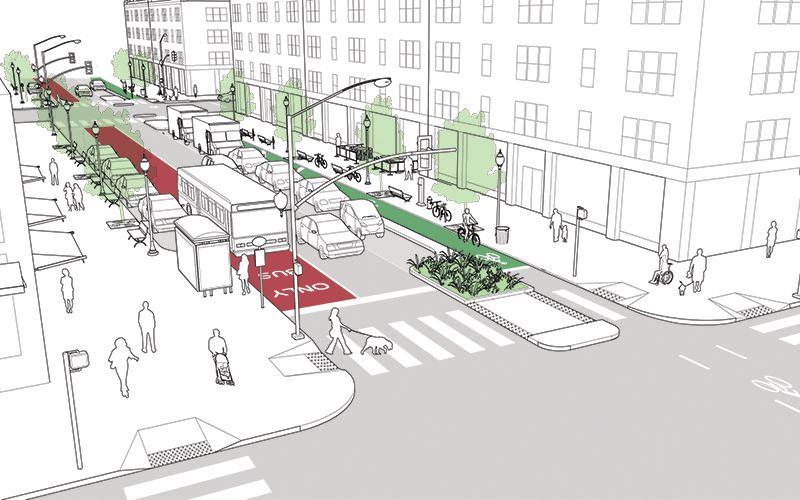Dear Smart (and Sexy) Traffic Engineer
Hey there, good lookin’. Do you come here often?
Did you hear the bad news? I’m supposed to kill you. No, no, I’m not dropping names and he definitely does not have the twitter handle @JeffSpeckAICP. But here’s a better idea. How about I buy you a drink in hopes that I get lucky (lucky enough to have safe and appealing streets where people enjoy life).
And here’s the thing, smartypants: I know you’re not to blame. Not really.
You’ve been given all the wrong parameters and the phony metrics and the appearance of doing “objective math” on how to move the cars. Everyone else is doing it. What are you supposed to do?I get it. I’m here for you, I see you here drowning in your sorrows as you try to find a way to deal with the inhumane practices you’ve been told to deploy on poor, unsuspecting cities across the world. There’s a way out, and I can help you (and nobody, and I mean nobody, has to die).
Do you know who can help fix this? Urban Planners.
Tell them they need to give you better parameters to work with. Tell them it all starts with aligning the metrics with broad goals of the city. Tell them they should facilitate REAL conversations with their city’s leadership.
Unless these Planners have, because they’ve probably tried, and they probably wish they were more effective, and they are likely dealing with people who don’t get it -- and maybe nobody from their team has heard of a stroad (the ugly, deadly hybrid of street and road).
So help them. Join forces. COL-LAB-OR-ATE! With your powers combined, you could do amazing plan-gineering things. Amazing things like (re)design streets that are loved by local residents and business owners alike. Streets with character and destinations for lively, not deadly, places people love.
Sure, you'll still have the naysayers. Those troublesome folks probably say, “My city isn’t Paris” and “here, people are different.” But, if you take a close look at those bipedal humanoids in the City of Not-Paris, I guarantee they have similar walking and biking abilities to those “Paris weirdos.” The difference, undoubtedly, is largely due to whether or not urban design has been applied along a city’s streets to make them appealing, comfortable, and connected. What are you doing for people who deserve appealing streets? Don’t tell me, you have meandering sidewalks that accommodate the drunk pedestrian as they stumble their way to nowhere. I’m not in the mood to be depressed; it makes me homicidal.
So, let me ask again: What are you doing now? You, the person who can kick ass and take names with the best of them. The smart (and sexy) Traffic Engineer that you are can be a force for good. A mighty force. Someone who is trained to solve problems with math and physics. Not that fake math crap that the traffic engineering standards would have you believe are a measure of anything worthwhile. You need design parameters that align with the city's goals.
A wise man once said: Pick your winners.
Winners are streets (or redesigned stroads) with the opportunity for Sprawl Repair. Find as many as you can. Recruit help. Build a sense of community while you build your physical community. Acknowledge that solving for free flowing, quick, convenient car travel works cross-purposes for the community life along these streets. Pick your winners, and design streets to beautiful places to hang out, be safe, be comfortable, and be a places that inspire people to love their city. There’s a broad community of doers here who can help.P.S. I’d hate for some driver to run you over and nobody be held accountable. ¯\_(ツ)_/¯

Image courtesy of NACTO